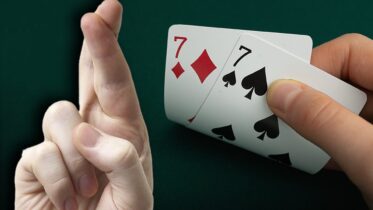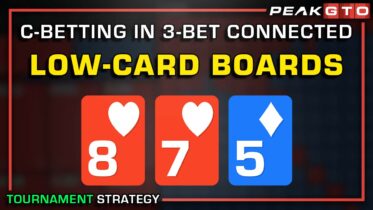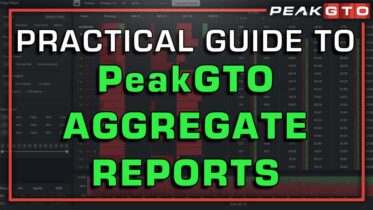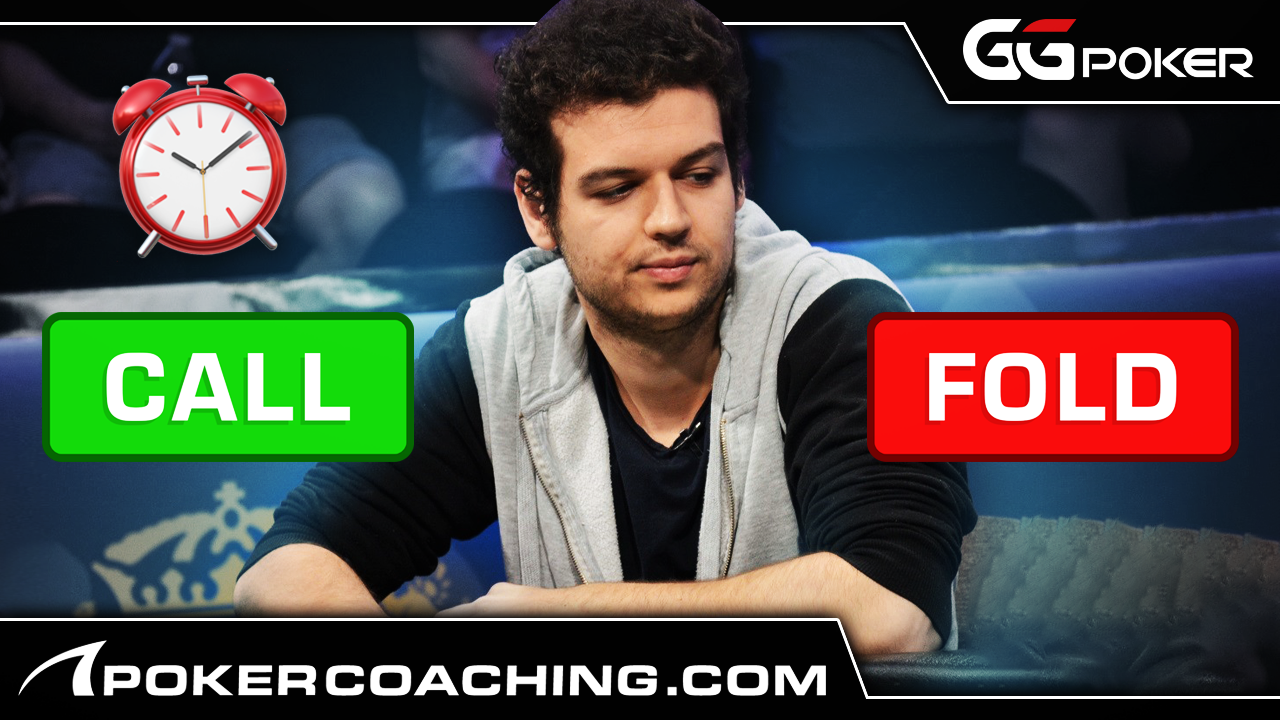Being aggressive and punishing passive and weak play is the staple of any solid poker strategy. One play that fits perfectly into such an aggressive strategy is the squeeze play, which can be utilized with great effectiveness in both cash games and tournament poker.
Squeezing in poker is used by all good aggressive regulars, and if you watch the big cash game streams like HCL on a regular basis, you will see a lot of squeeze plays utilized by the best players in the games.
In this guide to squeeze playing, we are going to explain what squeeze play is, when and how to use it, and exactly what you can achieve by squeezing at the right time.
We will also take a look at some potential squeezing ranges to use in different scenarios, as well as appropriate bet sizes for squeezing in position and out of position, creating a fairly strong overall squeezing strategy.
What Is Squeeze Play in Poker?
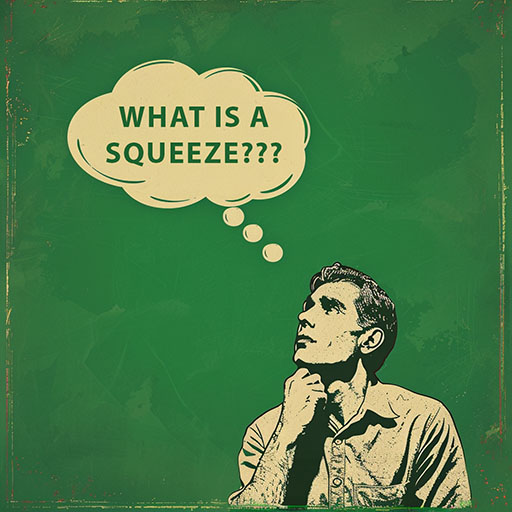
In the simplest of terms, squeeze play is defined as a re-raise you make over the top of a raise and one or multiple calls.
Anytime one player opens the pot with a raise, and at least one player makes the call, you have a chance to apply a squeeze play.
Some very aggressive players tend to squeeze extremely wide and try to play as many 3-bet pots in position as possible, especially when they play in very tight and passive games.
The squeeze play needs to be a part of your arsenal if you want to have any hope of being a big winner in your games, as it is an extremely effective play that can print money, especially in the less aggressive games at lower stakes.
So, if you are only just learning how to play poker on a higher level, introducing squeeze play into your overall strategy should give your overall winnings a fairly instant boost.
What Does a Squeeze Play Achieve?
The biggest mistake that many players make with squeezing in poker is that they don’t quite understand why they are squeezing, so they end up squeezing way too many hands and in all the wrong spots.
The reality is that a squeeze play will always achieve one of the following:
- Everyone Folds: In this scenario, you pick up the dead money already in the pot, which is usually quite substantial, and you move on to the next hand.
- Multiple Players Call: When the original caller calls your squeeze, this often allows other players to join as well. In this case, the pot will be very big, and you will often need to hit a big hand to win, but you will be playing for a very big pot.
- One Player Calls: If only one player calls your squeeze, the pot will swell quite a bit, but you will often win the pot by c-betting on the flop, raking in even more chips than if everyone folded.
- Someone 4-Bets: When faced with a 4-bet, you will need to continue with quite a few of the hands you 3-bet, which is why the way you construct your squeezing range is very important.
When thinking about squeezing, you should always think about all of these scenarios and how your hand is going to play if your opponents don’t all end up folding.
This will come into play when we think about constructing our squeezing range, which will be made up of both value hands and particular bluffing hands, which make sense for this scenario, but more on that a bit later.
When Should I Squeeze In Poker?
Picking the right time to squeeze in poker is a big part of making this play a part of a successful poker strategy.
While you can technically squeeze anytime someone raises and someone calls, you should not be that trigger-happy if you want to show a profit with your squeeze plays.

Many factors play a role in picking the spots to squeeze in, but the perceived opening range of the original raiser, as well as the ranges of the players who called the raise, should all be considered.
Even more so, you should consider your hand and whether or not it fits into the range of hands you want to be squeezing.
Your position at the table should also play a major role in the decision, as squeezing in position and out of position is not quite the same.
Finally, you should be mindful of stack sizes and think about whether or not you will have enough chips to make a call with the appropriate range when facing a 4-bet.
Before you put in those squeezing chips, think about all these elements, and don’t be afraid to take the time you need to process every bit of information before you put in the 3-bet.
Constructing Your Squeezing Range In Position
Quite often, you will find yourself on the button facing a raise from one of the early or middle positions and a call from one of the late position players.
In a situation like this, you will want to construct a squeezing range that is made up of all your strongest hands and quite a few bluffing hands as well.
Your value hands in this scenario should include pairs from AA to QQ, AK, and AQ0. These hands are pure 3-bets, according to solvers, and generally should be well ahead of the ranges of both your opponents.
Again, you should sometimes re-consider squeezing the bottom of your value range when facing a raise from a tight player in one of the earlier positions, as they are quite likely to have a very strong hand.
To balance out all your strong hands, you will want to introduce quite a few bluffs into your squeezing range in position as well.
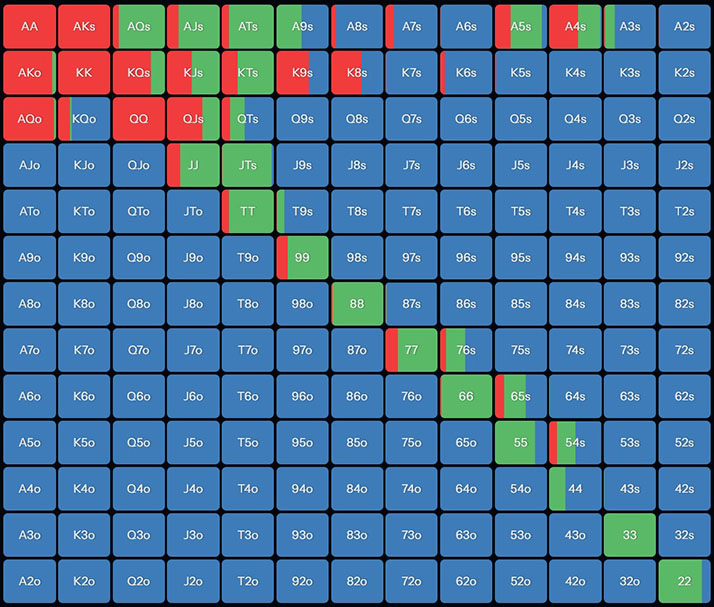
Solvers like hands like QJs and KJs, as well as hands like AJs, ATs, A5s, A4s KTs, K9s, J9s, and 76s at a lower frequency, and occasionally hands like 76s, 65s, and 54s.
Hands like A5s and A4s should also serve as great squeezing candidates, although solvers prefer hands like ATs, A9s, and A8s as bluffing hands in tournaments where stacks typically tend to be shallower, increasing the value of top pair.
Of course, the exact range you use for this play should depend heavily on the range you assign the original raiser, who is the most likely to have a strong hand and continue against your 3-bet.
Keep in mind that you should also not fold the combos of these suited bluffing candidates that you decide not to squeeze with but rather call with them, as well as all pocket pairs you aren’t 3-betting.
The exact range of hands you should squeeze within position will also change quite significantly if you are in the cutoff, as you will have to 3-bet somewhat tighter with yet another player behind you to worry about.
Constructing Your Squeezing Range Out of Position
Playing out of position, you will want to apply a squeeze with a much tighter range than you can in position due to the obvious positional disadvantage.
This range will still include all your strong hands like AA-JJ, AK, and AQs, but also hands like 99 and 88 at a much higher frequency, especially in tournaments.
According to the solvers, GTO poker also suggest you bluff with hands like AJs, ATs, AQ, KQs-KTs, QJs, JTs, and some weaker-suited connectors in tournaments, while hands like A5s-A2s are typically not included in the small blind squeezing ranges.
Generally speaking, you will want to make your squeeze plays more value-heavy when playing out of position while still adding some bluffs into the range to ensure balance.
Also, keep in mind that squeezing from the big blind should be done at a much lower frequency, as the discount you are getting on a call gives you many more opportunities to call with a variety of hands instead of 3-betting.
Sizing Your Squeeze Plays
Winning the pot outright with your squeeze play is always a favorable outcome and one that you want to see happen as often as possible.

To make that possible, you need to make sure that you are not making your squeeze plays too small and not giving your opponent good odds on calling you.
Imagine a hand at a $2/5 cash game table where the hijack raises to $15, the cutoff calls, and you squeeze to $45.
In this scenario, either of your opponents needs to call just $30 to play for a pot of $105, meaning they are getting excellent pot odds and only need less than 30% equity to continue with their hand, compelling them to continue with the vast majority of their raising range.
If you were to raise to anywhere between $60 and $75, the odds you would be giving your opponents would be much less favorable, making it less likely you will get called.
Typically speaking, you will want to raise around full pot anytime you are squeezing in position and a bit more than the pot when out of position to account for your positional disadvantage.
Keep in mind that the size of the pot and the size you should be making your squeeze plays will both go up as more callers are involved, but your squeezing range should tighten up a bit for every new caller in the hand.
For instance, you will want to have slightly fewer bluffing hands in your squeezing range when 3 players call the original raise, but you will also want to make your squeeze significantly bigger.
Playing Against a 4-Bet
While the most favorable outcome of a squeeze play is generally to have all players fold their cards, the least favorable is usually getting 4-bet.
Since you have many bluffs in your squeezing range, getting 4-bet means you can’t just play for all your chips every time it happens.
Obviously, you are going to want to put your chips into the pot with your strongest hands like AA, KK, AKs, and QQ, barring extreme reads or circumstances.
However, your suited Broadway hands and pocket pairs will usually want to continue for a call, provided the 4-bet is not too big, while hands like AQ or KQ without suits should generally be folded.
You can also fold hands like A5s-A2s in some cases (and use them as 5-bet bluffs in others) while calling a big chunk of your range, especially in position.
If you are out of position, you will definitely want to call much tighter and only continue with the best-suited connectors like QJs and JTs, while folding suited hands with gaps that don’t play well enough after the flop.
Perfect Your Squeezing Ranges for Optimal Results
Squeeze play is an essential play in any strong No Limit Texas Hold’em poker strategy and one you should spend a fair bit of time studying.
We have broken down the most basic elements of squeezing in poker in this guide, but there is plenty of room to work on your squeezing game and achieve perfection.
You will want to run simulations of squeeze plays from and against different positions to figure out the ideal squeezing ranges for every scenario that you can walk into, along with ranges for different effective stack sizes.
If you stick with it long enough, you will get very close to squeezing with optimal ranges in every situation and intuitively recognizing the situations in which a squeeze play works better than a call or a fold.
Start working on your squeezing game today and building on the foundations we set forth in our guide, and you will be on your way to joining the ranks of elite poker players in no time.
